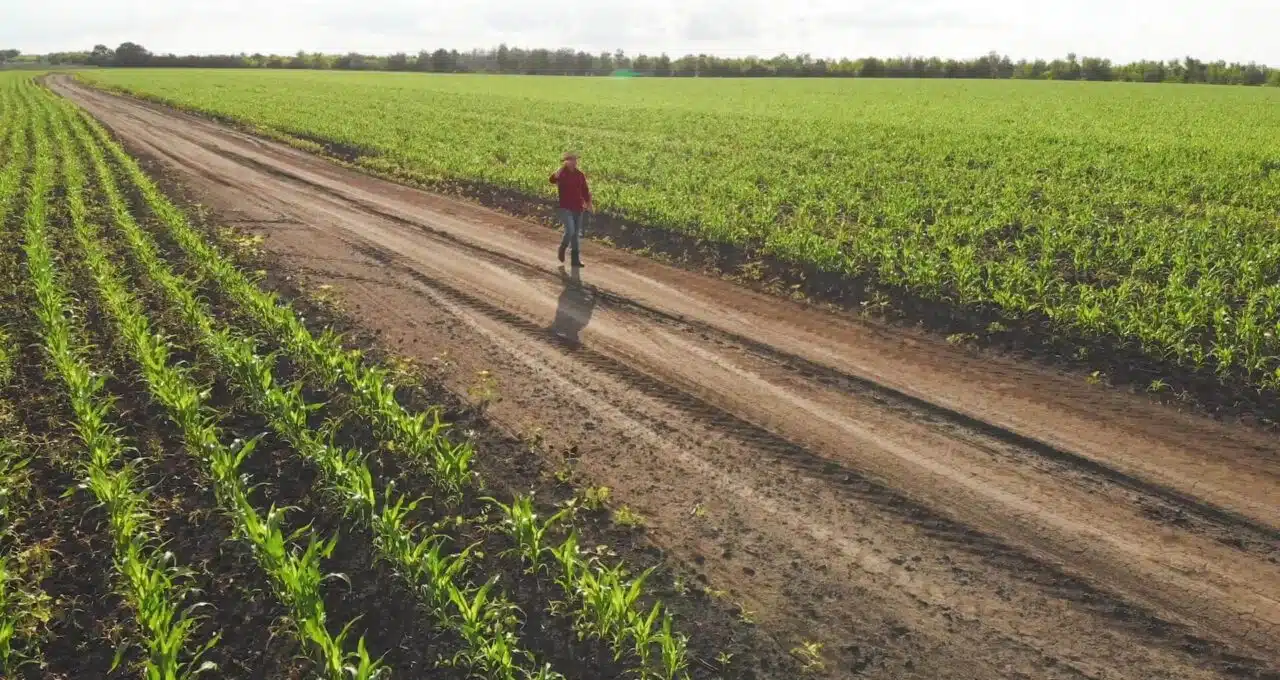

When it comes to selecting a carbon credit program, corporate growers must take into account various factors, which can make the decision-making process quite intricate. In this article, we shall delineate a tripartite approach for electing the fitting carbon credit scheme for your enterprise.
Carbon credits serve as a metric to gauge the extent of greenhouse gas emission reduction. There exist various categories of carbon credits, however, the three most acknowledged ones are:
The Verified Carbon Standard (VCS) is a highly recognised carbon credit program globally. The certification process is rigorous and guarantees the production of high-quality carbon credits. The utilization of VCS carbon credits is feasible for adherence to diverse emissions reduction initiatives, including the California Cap-and-Trade program. The cost of VCS carbon credits is project-dependent, typically falling within the $10 to $25 per tonne of CO2 equivalent range.
The Gold Standard is a renowned carbon credit initiative that prioritizes sustainable development in conjunction with carbon offsetting. This crop has gained significant popularity in the European region and has been acknowledged by the European Union Emissions Trading System. The prevailing market rates for Gold Standard carbon credits usually fluctuate between $15 to $30 per metric tonne of CO2 equivalent.
The CCBS program aims to back initiatives that mitigate carbon emissions and simultaneously support regional growth and preservation endeavors. The pricing of CCBS carbon credits is project-specific and typically falls within the $10 to $25 per tonne of CO2 equivalent range.
The American Carbon Registry and the Chicago Climate Exchange are just two of the many specialized carbon credit programs that exist alongside the three primary categories described above. Such programs usually entail distinct prerequisites and might feature diverse pricing systems.
When opting for a carbon credit program, it is crucial to take into account the regulations and requisites that may be applicable. The verification and certification of carbon credits are subject to strict rules in most major carbon credit programs. A comprehensive project plan, frequent monitoring and reporting, and validation from a certified third-party verifier are necessary for VCS compliance.
Apart from the verification and certification prerequisites, there might be other regulations that need to be taken into account. In the context of the California Cap-and-Trade program, it is important to note that not all carbon credit programs are eligible for compliance. While carbon credits can be utilized for compliance in the United States, it is crucial to ensure that the specific program in question is recognised by the California Cap-and-Trade program.
As the carbon credit market undergoes changes, it is crucial for farmers and landowners to stay abreast of the latest industry developments. It can pose a challenge, given the dynamic nature of carbon credit programs and regulations.
Collaborating with a reliable carbon credit consultant can assist in keeping abreast of the latest advancements and navigating the intricate carbon credit market. It is crucial to conduct periodic evaluations of your carbon credit initiative to ascertain its alignment with your agricultural objectives and adherence to relevant regulations and standards.
When choosing a carbon credit program for your organization, it’s important to take into account various factors such as the types of carbon credits offered, regulatory requirements, and recent industry advancements. By implementing a three-step approach, agribusiness professionals can make well-informed choices that will aid in the reduction of their carbon emissions and promote a more sustainable tomorrow.

Our team of experts can help you get ready.